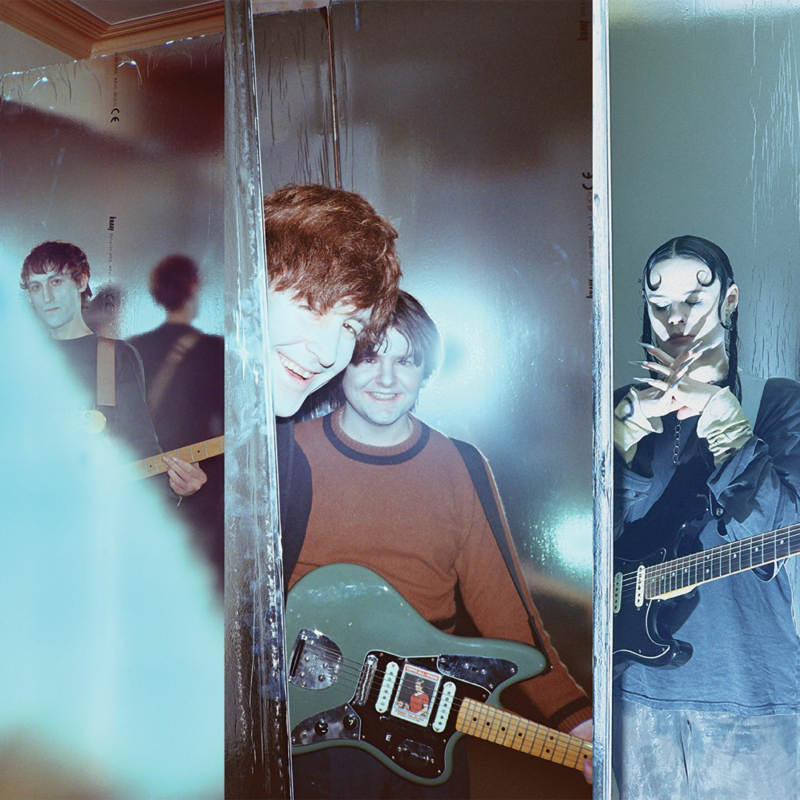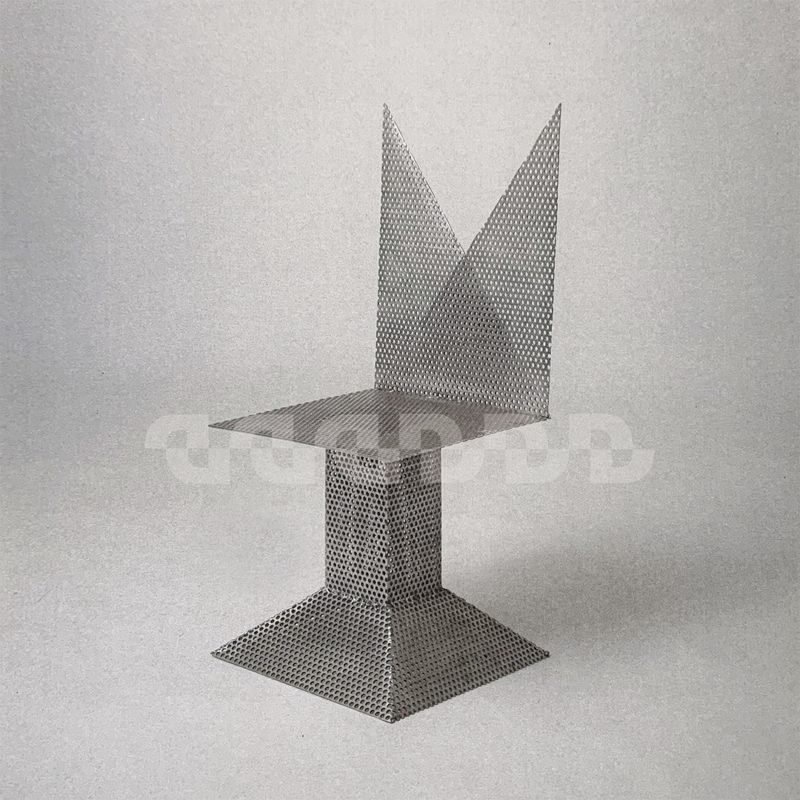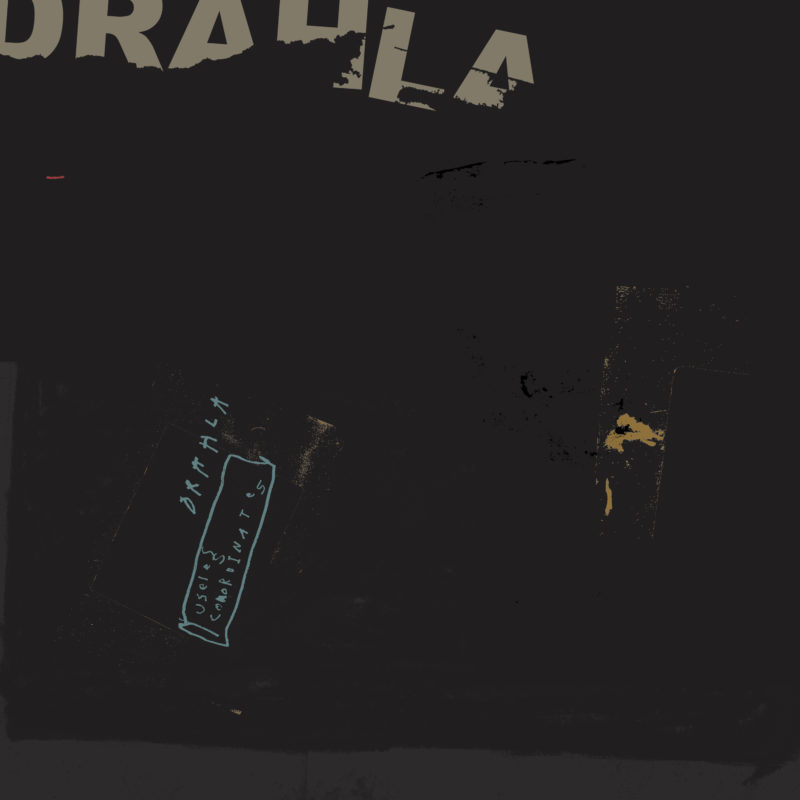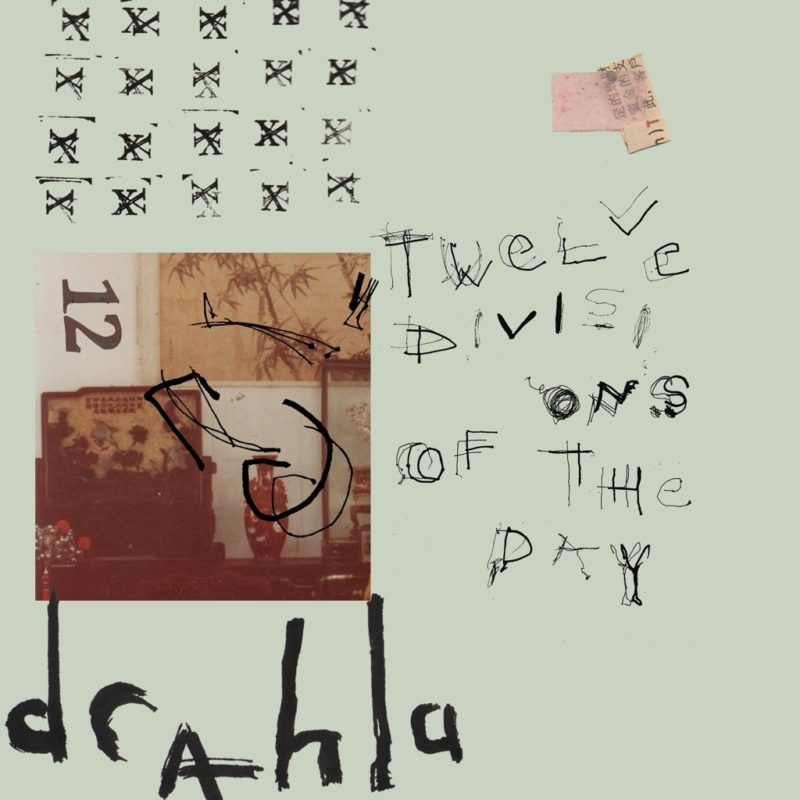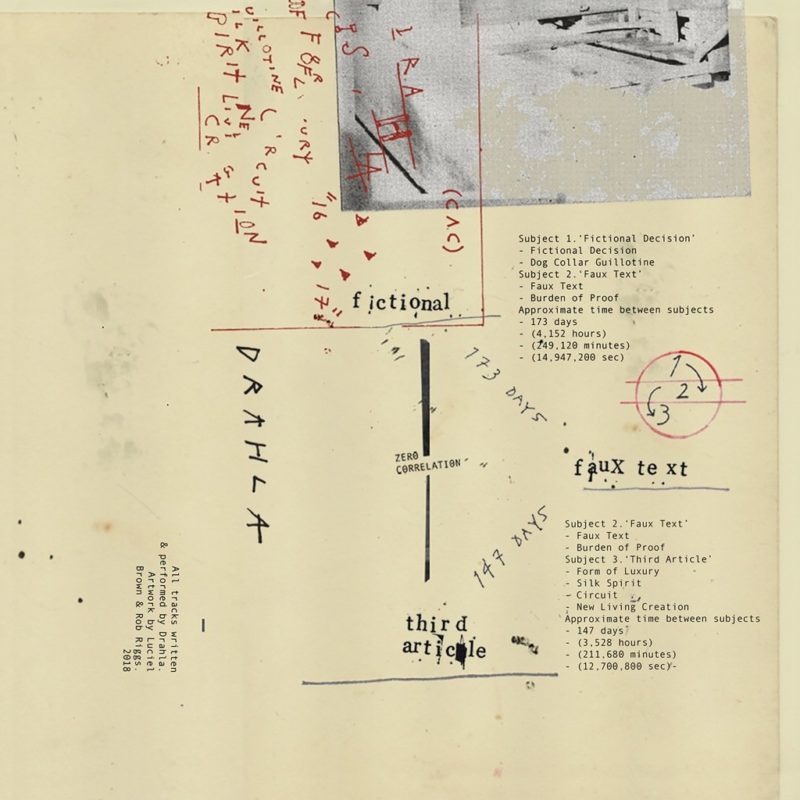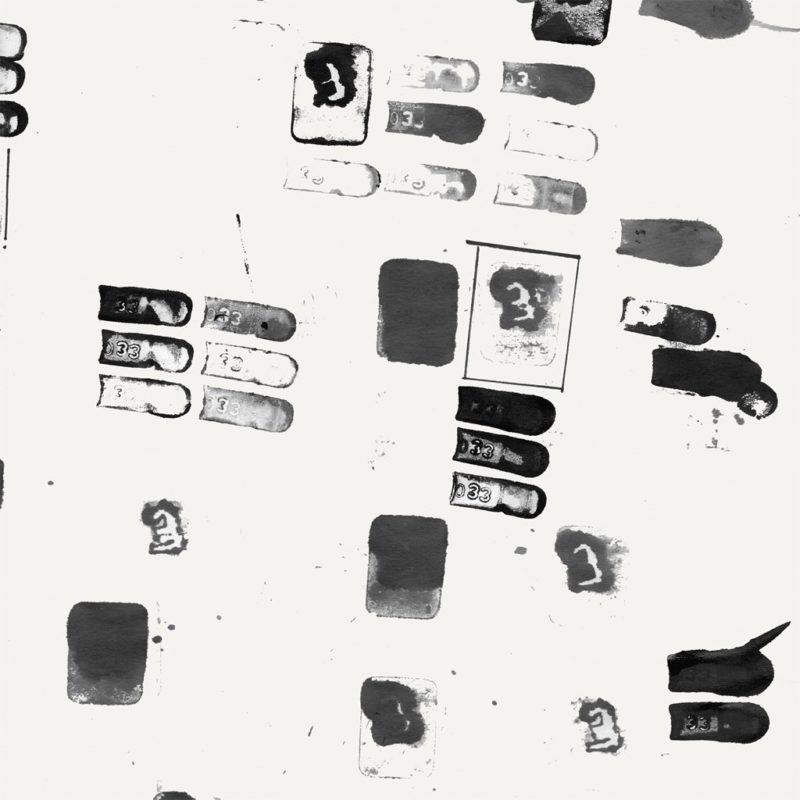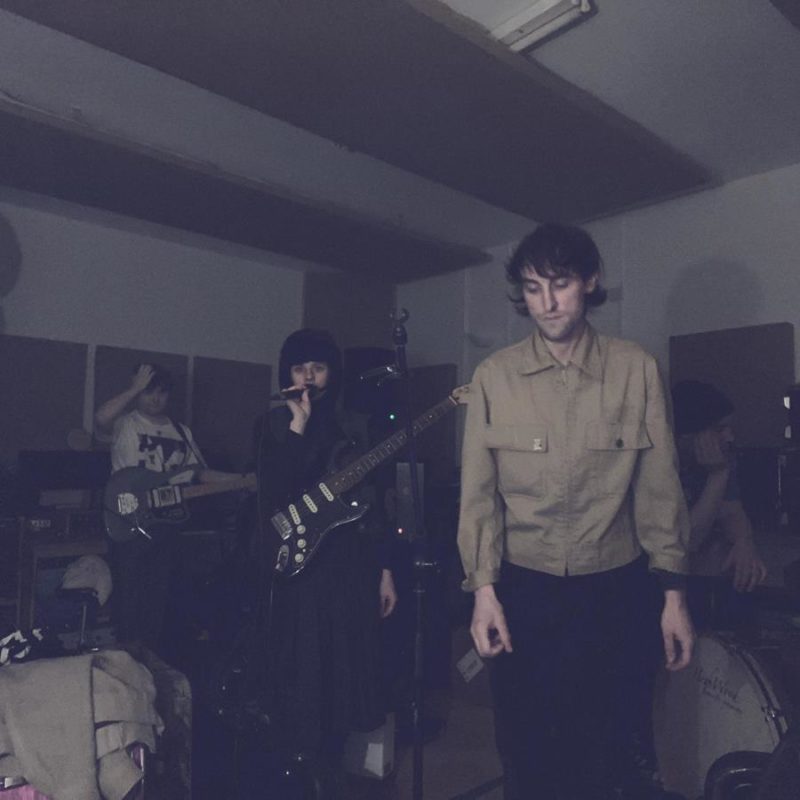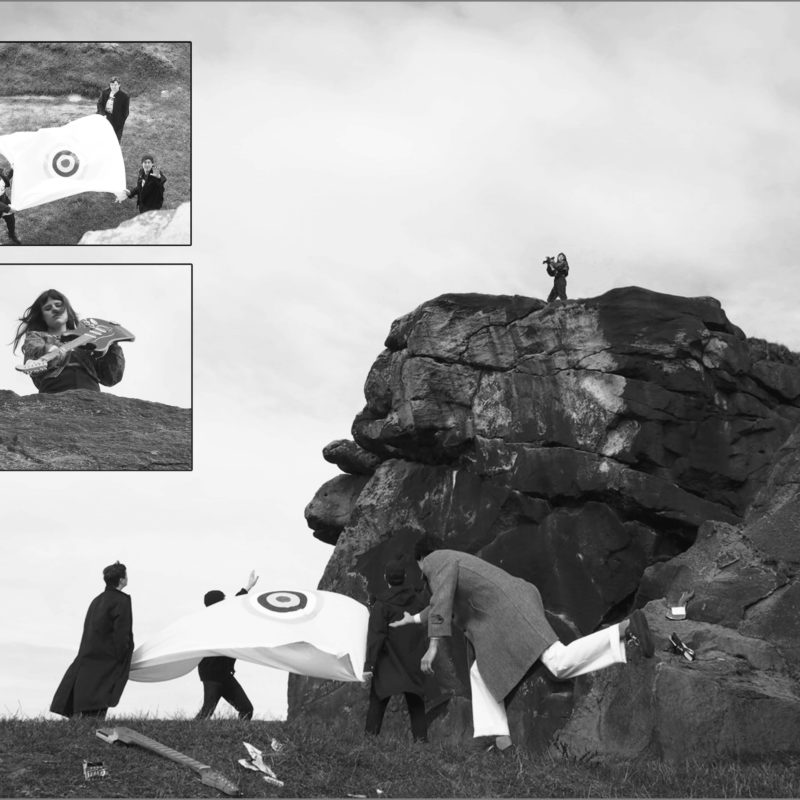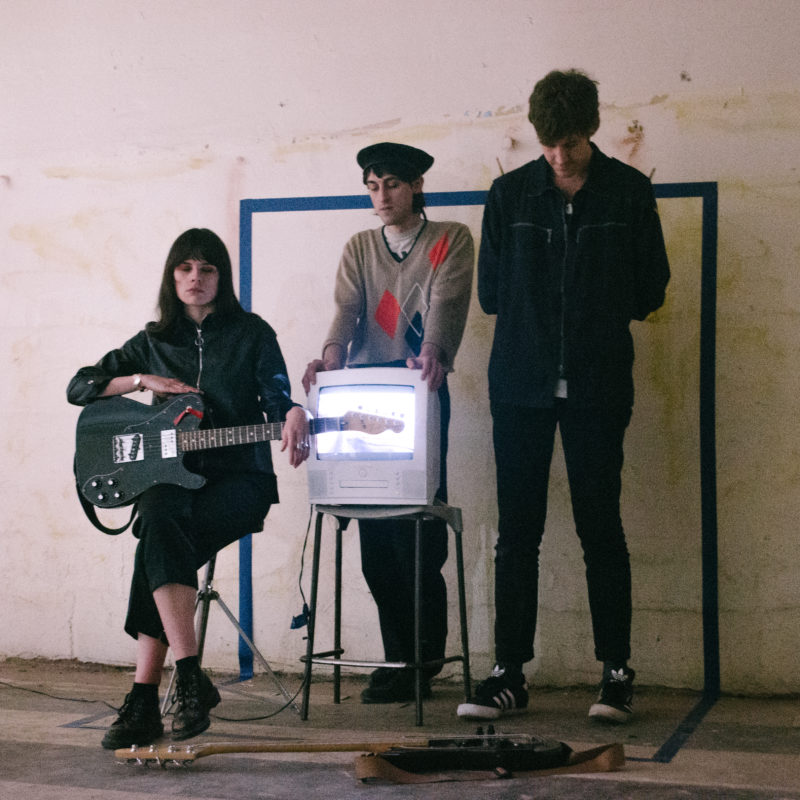More About Drahla:
The addition of Ewan Barr to Drahla’s visceral and vital arrangements signaled a significant shift in the band’s dynamic, ultimately reshaping the way they approach their angular arrangements. Crucially, it allowed Drahla to dismantle previous limitations and carve out new sonic avenues to experiment with form more than ever before. Brown, in particular, embraced this opportunity to find different ways to inhabit her contemplative lyrics. There was, of course, a readjustment period for the band as they came together to write angeltape in this new iteration which kickstarted a renewed creative approach. “There was an uncertainty and anxiety in not knowing how to rekindle what we had, and what we did have just didn’t exist in the same format,” Brown explains. “I feel this is apparent in the music; the constant changes, opposing ideas and structures, the overall energy and drive of the songs. I think there’s also the sense of reconnection, encouragement and freedom, too. There’s excitement borne from us finding something together again.”
Sonically, the exhilarating interplay of driving bass riffs and charged drum patterns provide a captivating contrast to Brown’s melodic spoken delivery. The enveloping atmosphere emanating from the quartet is heightened by searing saxophone accompaniments by long-standing collaborator Chris Duffin, who has featured on all of Drahla’s previous output. There’s an irresistible and unwavering potency surging throughout this masterful second record, one that stays with you long after you first step into Drahla’s enticing world. Furthermore, this exciting new chapter is anchored by the quartet finding a great source of inspiration in the joy of playing music together, as bassist Rob Riggs adds: “When the four of us are in a room, we each bring separate things to the table. Sometimes, a session would start a little bit disjointed but then we find a way where we could all interlock together for a moment in a song and then disperse again.”
Drawing some inspiration from experimental rock band This Heat, Drahla primarily found that their greatest motivation came from listening to and following one another throughout the recording sessions. “I think the process and inspiration for this album has been way more experimental and insular than taking on any external musical references,” says Brown, “This record feels like it was built on a foundation of insular inspiration.” This autonomous practice extends beyond Drahla’s music into the visual representation of their intense and immersive instrumentation. It’s almost impossible to listen to songs as intricately layered – musically and lyrically– as theirs and not imagine the spaces they exist within. Thus providing an awe-striking multi-sensory experience every time you spend time with a Drahla record.
